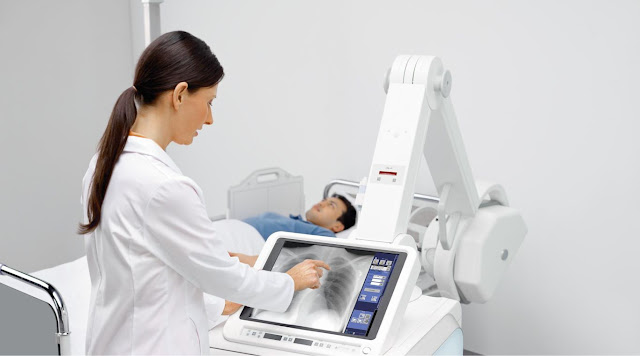Temperature Management Can Improve Chances of Survival And Recovery For Patients Suffering From Cardiac Arrest
 |
| Temperature Management |
Temperature Management is
a critical step in the care of a patient suffering from cardiac arrest. The
treatment involves rapid cooling of the patient's core temperature followed by
gradual rewarming to their normal core body temperature. This protocol has
several advantages over conventional cooling methods. It allows for rapid
temperature control and does not interfere with other life-saving treatments.
It is divided
into three phases: the induction phase, the maintenance phase, and the
rewarming phase. The overall goal is to maintain a core temperature of 32 to 34
degrees Celsius for 12 to 24 hours. This process can be carried out in a number
of different ways. Depending on the process used, it may include the use of
refrigeration. To improve the accuracy of temperature measurement, several
temperature monitoring sites are used. Various observational studies have
evaluated the relative accuracies of these sites.
Targeted Temperature
Management has multiple benefits, including reducing mortality and
improving neurological outcomes. In this approach, an interprofessional team
plays a key role. It facilitates better communication and better outcomes. It
improves the chances of survival and recovery for patients following cardiac
arrest. The goal is to ensure that the patient receives the best possible
treatment.
Targeted Temperature Management is a technique
used to reduce a patient's body temperature to lower the risk of ischemic
injury. Ischemia, or periods of insufficient blood flow, can lead to cardiac
arrest or a stroke. Therapeutic hypothermia can help reduce the risk of these
injuries. Studies have shown that it reduces the rate of inflammation, cell
death, and bleeding. These positive effects of TTM have been demonstrated in
animal models of traumatic CNS injuries, although results from clinical trials
have been mixed. TTM is thought to slow the secondary response to traumatic CNS
injury, thus preventing further damage to the patient.



Comments
Post a Comment